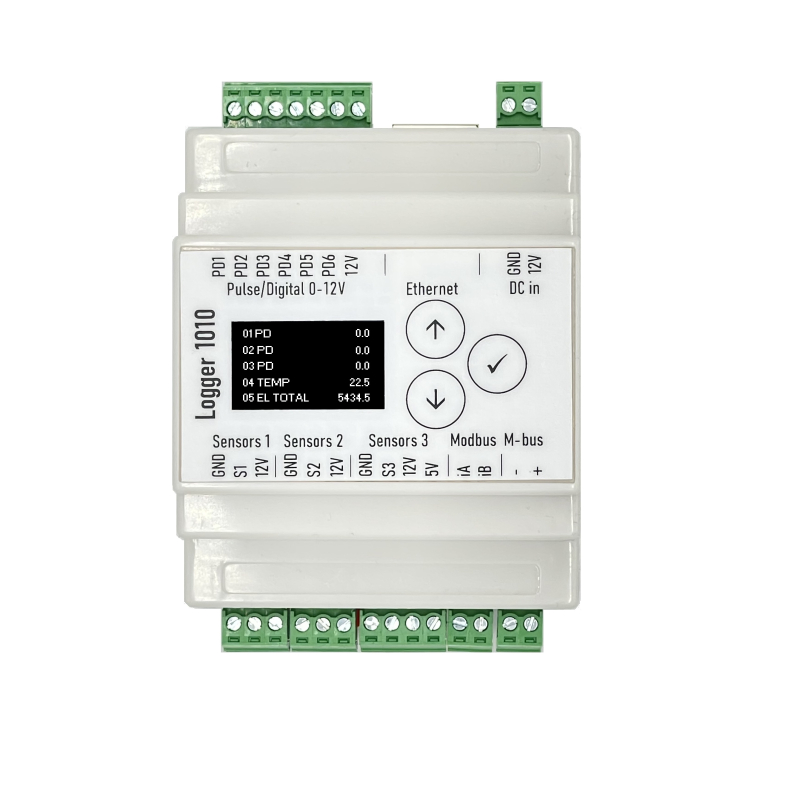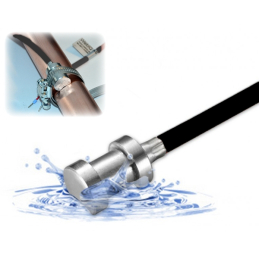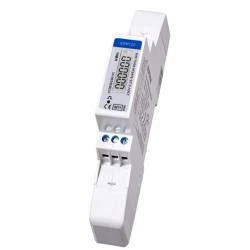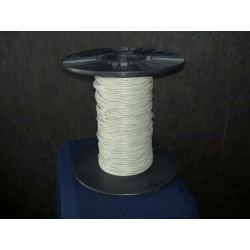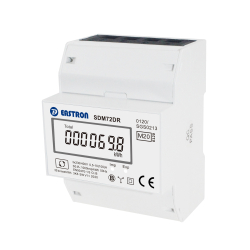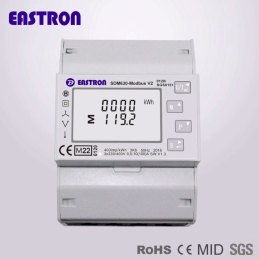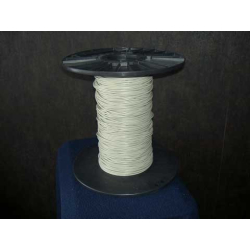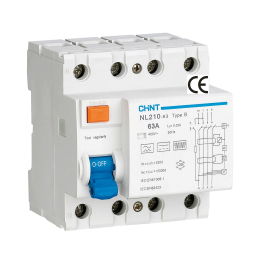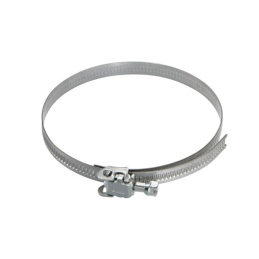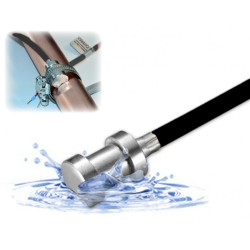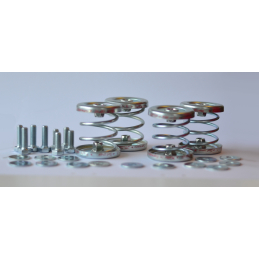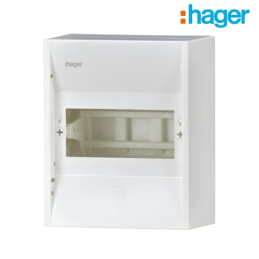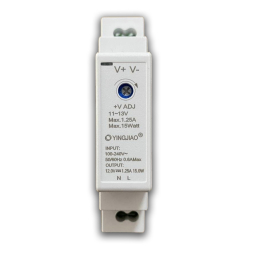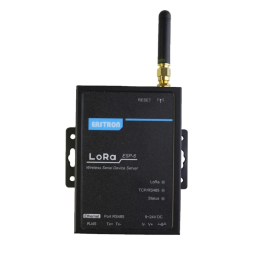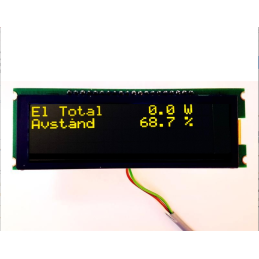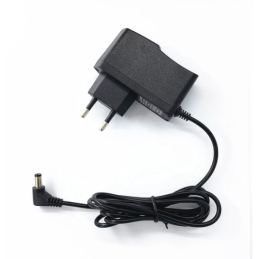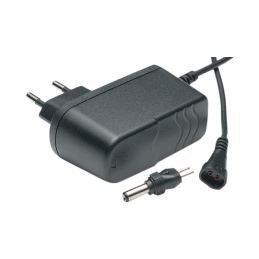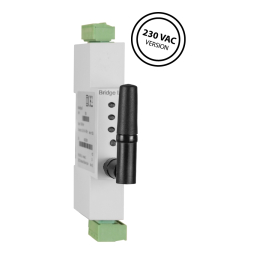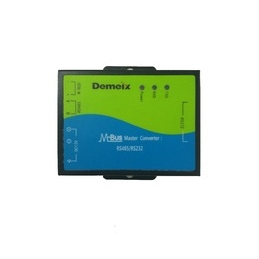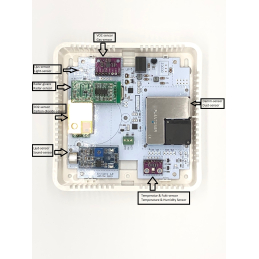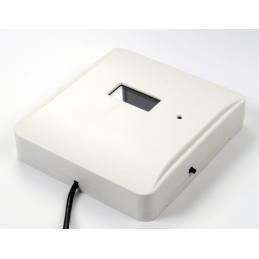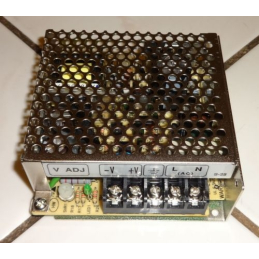Logger 1010
Logger 1010 is available in seven different variants so that you can order different versions according to your specific needs. Logger 1010 Standard lacks Modbus, M-bus and HAN, other variants have interfaces for Modbus, M-bus, HAN and HAN/H1 in different combinations.
(Power supply is not included, do not miss to order it separately if necessary, see "accessories" below.)
Please note that prices change depending on the equipment you choose.
Logger 1010 standard
6 pulse or digital inputs that can withstand up to 12V and have a cover level of approximately 2V. Here, electricity meters, water meters or energy meters with pulse output or optical reading can be connected.
2 relay outputs for 12V relays, when these are used, two of the six pulse inputs disappear.
3 sensor inputs for three completely independent loops with dallas temperature sensors or expansion modules.
SD card reader for standalone memory card logging
Clock with battery backup ensures that logging takes place at the right time even if there is a power failure
0.96 inch 4 lines of 16 characters monochrome LED display shows measured values and settings.
Three buttons for operating the logger, up, down, select.
Ethernet connector for communication with the outside world.
Screw terminal for power supply, 12V, at least 1A.
All screwdrivers are plug-in goods, ie detachable.
Enclosure possible to mount on DIN rail
Outer dimensions: 72 mm width x 88 mm height (excluding pluggable screw terminals) x 60 mm depth
Logger 1010 with Modbus
Built-in insulated RS485 port with support for Modbus up to 30 units.
Otherwise identical to Logger 1010 standard.
Logger 1010 with M-bus
Built-in M-bus for up to 12 units. (If more than 12 M-bus units need to be connected, an external Modbus-to-M-bus converter is available, which is then connected to a Logger 1010 with a built-in Modbus)
Otherwise identical to Logger 1010 standard.
Logger 1010 with HAN
Built-in HAN input. Connected to the HAN port on the main meter, ie the meter that your electricity company owns, to get voltage, current, power per phase, and meter. Since electricity meters with HAN itself send data continuously, it is only possible to connect one meter per HAN input. (It is not possible to combine an internal HAN card with an internal M-bus. However, the M-bus can be run in parallel with the HAN using an external Modbus-to-M-bus converter, which is then connected to a Logger 1010 with a built-in Modbus. )
Otherwise identical to Logger 1010 standard.
Loger 1010 with Han / H1
With this addon, logger 1010 can be connected to the main meter, ie the meter that your electricity company owns, the logger is connected with H1 / RJ12 (6-pin contact) to the electricity meter to get voltage, current, power per phase, and meter.
Otherwise identical to Logger 1010 standard
Note that H1 / RJ12 works in Norway and on some electricity meters in Sweden. Check with your electricity company has installed the new type of electricity meter with the new RJ12 connection.
Logger 1010 with Modbus + Mbus
Has both Modbus and Mbus built-in, read about "Logger 1010 with Modbus" and "Logger 1010 with M-bus" above.
Otherwise identical to Logger 1010 standard.
Logger 1010 with Modbus + HAN
Has both Modbus and HAN built in, read about "Logger 1010 with Modbus" and "Logger 1010 with HAN" above.
Otherwise identical to Logger 1010 standard.
Power supply
Power supply for Logger 1010 at 12V, at least 1A, ordered separately. If the Logger 1010 is mounted in an electrical cabinet, a DIN rail-mounted power supply is suitably used, for other applications there is a power supply for ordinary wall sockets. If you already have a suitable power supply, it is of course possible to use it.
OUR NETWORK UNIT
More about Logger 1010
Logger 1010 is in many respects very similar to Logger 3030. The design is slim and optimized for measurement, remote reading and billing, but with some control options left. The compact format, the possibility of DIN rail mounting, pluggable screw terminals, and screw terminals for power supply via DIN rail-mounted mains adapter, make the Logger 1010 very cabinet-friendly.
Some examples of uses.
- Villas, holiday homes, rental properties, premises where you want to keep track of the indoor climate, heating, electricity, energy and water consumption
- Shops, restaurants, laboratory to monitor refrigerators / freezers and alarms in case of faults
- Solar collector systems, both for electricity and heat where you want to keep track of temperatures and energy produced
- Heat pumps, solid fuel boilers (pellets / chips) for monitoring and trimming
- Remote reading and charging, for example electricity, water and heat consumption for tenants, charging posts for electric and hybrid cars, as well as campsites that want to charge customers for the electricity they actually consumed
Logger 1010 handles up to 70 measuring points. Measurement data can be stored at intervals as close as once every ten seconds.
Three serial digital sensor inputs provide the ability to connect Dallas temperature sensors, as well as various modules, including a temp / humidity / light module and an environmental module that measures temp / humidity / light / CO2 / particulate matter. It is also possible to connect up to two external text displays to the sensor inputs to display measured values and alarms at a distance from the logger. In addition, IO circuits can be connected for digital inputs and outputs. The sensors / units connected to a sensor input can be connected in parallel in a single long loop for minimal wiring.
Logger 1010 has a number of connection options for different types of consumption meters:
Logger 1010 has six internal pulse inputs that can be used to read electricity meters, water meters, flow meters and energy meters that have a pulse output or flashing diode.
Electricity meter, water meter, floatdesmeters and energy meters can also be connected via serial Modbus and M-bus on the versions of Logger 1010 that support this, whereby the reading accuracy increases and there is access to many more parameters to read out in comparison with reading via pulse input.
It is also possible to connect the main meter, ie the meter that your electricity company owns, via a serial HAN port on the versions of Logger 1010 that support this, and get voltage, current, power per phase and meter.
Via Modbus, IO devices can also be connected that provide analog 0-10V and 0-20mA inputs as well as digital inputs and outputs.
Weather and temperature data can be sent to the logger via http-get calls. This interface makes it possible to connect a ready-made ethernet weather station, and also to design your own sensors of Raspberry pi, Ardunio and the like.
For communication, the Logger 1010 is connected with a standard twisted pair network cable to a free port on the router.
Logging is done to a Windows PC using the LoggerSoft program, via fixed or mobile broadband to the web service e-logger (paid service or limited free alternative), or completely independently to SD memory card readers in the logger (SD card not included). For those who want to experiment with logging to their own server or perhaps control with Rasberry pi, Arduino and the like, there is the possibility of continuous posting of sensor values to any HTTP server.
Outputs can be controlled in many different ways. On the one hand, there is a built-in control function that can control outputs depending on the time and simple larger / smaller-than-comparisons of sensor values. On the one hand, outputs can be controlled via the web service E-logger remotely. And finally, it is also possible to control outputs via HTTP calls for those who want to experiment with Rasberry pi, Arduino and the like. In addition, outputs can be logged.
Settings, updates and support are made via a free account in the web service E-logger.
If you want to read more, see the LOGGER 1010 MANUAL for comparisons of our other Logger types.
